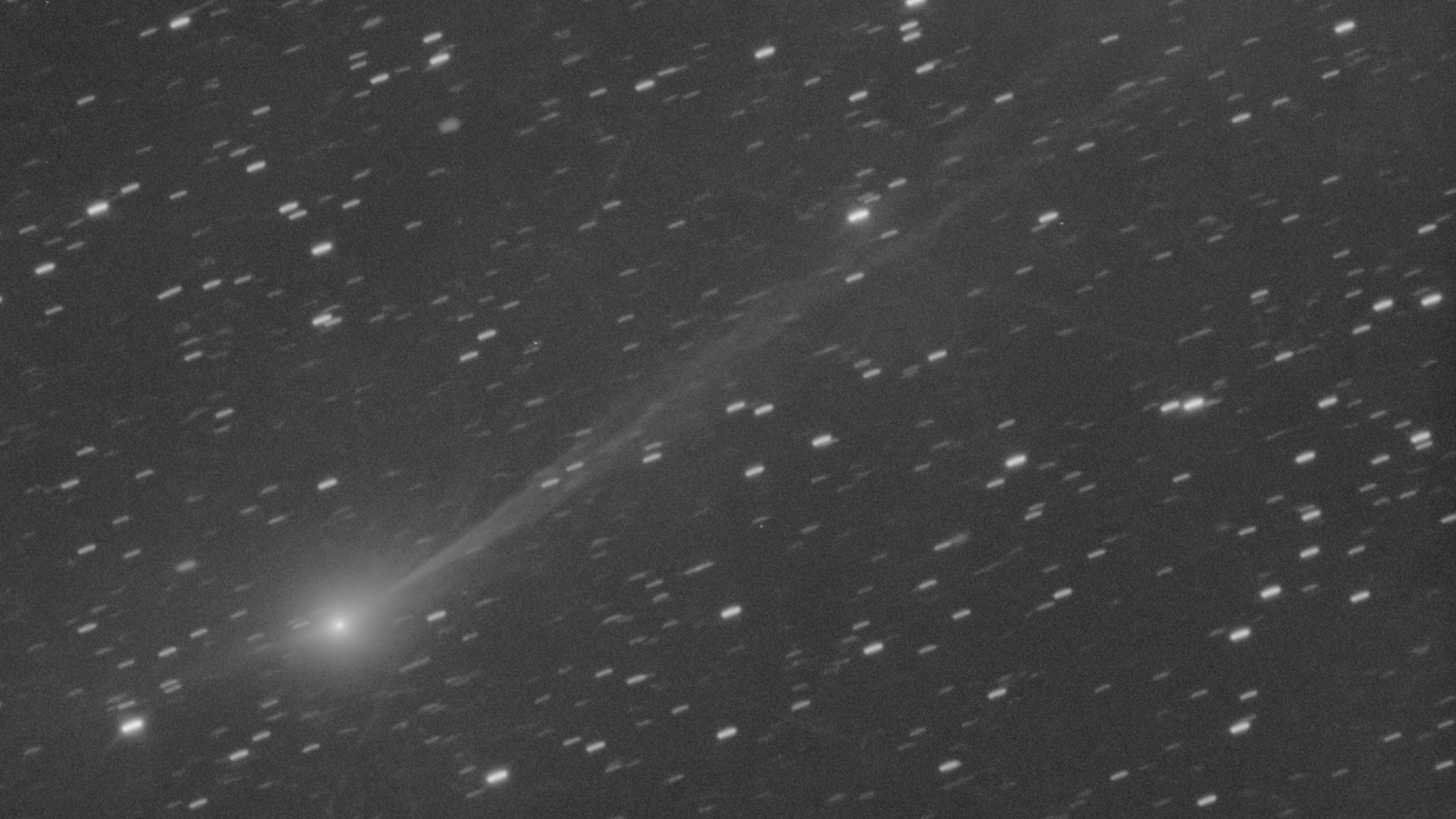Virgin Galactic Customers Parting with Their Cash
Virgin Galactic has collected $13 million in cash from some 157 people who have signed contracts to be flown to the edge of the atmosphere -- about 110 kilometers -- to experience about five minutes of low-gravity conditions, Virgin Galactic President Will Whitehorn said.
The London-based company made headlines in late 2004 when its founder, British entrepreneur Sir Richard Branson, agreed to finance development of a six-passenger SpaceShipTwo vehicle, based on the Burt Rutan-designed SpaceShipOne that successfully flew twice from the Mohave Airfield in California and thereby won the $10 million Ansari X Prize.
Sir Richard's Virgin Galactic and Rutan have completed design of SpaceShipTwo, which will operate from New Mexico following the approval of that state to develop a spaceport, including a long airstrip that will accommodate Virgin Galactic.
In a March 17 presentation to the European Space Agency and the European Center for Space Law and in a March 29 interview, Whitehorn said that nearly 18 months after the SpaceShipOne flight, Virgin Galactic remains convinced that space tourism will be a good business.
Backed by Sir Richard and Virgin Group, Virgin Galactic is investing between $200 million and $240 million to build five SpaceShipTwo vehicles, with a first flight planned in 2008 or 2009 -- a year or two later than originally planned. Passengers will be paying $200,000 each to make the flight, and will be permitted to leave their seats to experience weightlessness.
The entire flight is expected to last about two hours.
Whitehorn said the response from prospective customers has been more positive than expected. Some have deposited the full $200,000 in a Virgin Galactic account to reserve their places. Others have made a $20,000 deposit.
Breaking space news, the latest updates on rocket launches, skywatching events and more!
The Virgin Galactic business plan calls for 50,000 passengers to be flown in the company's first 10 years of operations. With that revenue stream, the company is assured of an average 25 percent annual return on invested capital, Whitehorn said.
That's for the core business. Virgin Galactic is also in preliminary talks with NASA and with the European Space Agency on business relations that could include having prospective astronauts from those agencies act as SpaceShipTwo pilots to hone their skills.
Virgin Atlantic, Branson's commercial airline, announced March 29 that the company's 700 pilots are being invited to apply for positions as Virgin Galactic pilots.
Another side business will be carrying spectators in a separate aircraft to witness SpaceShipTwo in action for lower fees.
Whitehorn said Virgin Group has set no fixed ceiling on its investment. "But I know very well that if we don't make a viable business plan, my colleagues at Virgin won't look as kindly on the investment as they would otherwise," he said.
With the U.S. Federal Aviation Administration (FAA) setting regulations that permit SpaceShipTwo passengers to waive insurance and other security-related rights, Whitehorn said his company has all the legal leeway it needs. It still must protect the safety of people and property surrounding the New Mexico installation.
Whitehorn lavished praise on FAA regulators, saying the rules they have adopted for space tourism will permit the same kind of "adventure capitalism" that helped usher in the era of commercial air travel.
He said the FAA could have killed all hope for Virgin Galactic if it had insisted on full certification of SpaceShipTwo as an aircraft. "It would have cost us a billion dollars in that case," he said.
Fashioning a paper airplane from his notepad, Whitehorn tossed it into the air before his audience of lawyers. "You could build it out of paper and they would not regulate it," he said.
One set of regulations -- the U.S. International Traffic in Arms Regulations, or ITAR -- eventually could stand in Virgin Galactic's way if the company sought to operate outside the United States.
Whitehorn said for now it will remain a purely U.S.-based operation.
For the business plan to work, Virgin Galactic will need to be able to accept a wide range of ages and health histories from its prospective customers. Whitehorn said health issues among passengers are the biggest areas of concern for the company -- not the design or performance of SpaceShipTwo.
"For us, the biggest risk is a medical incident in space," Whitehorn said, referring to the 110-kilometer apogee of SpaceShipTwo. "Heart and blood circulation -- those are our big issues." He said SpaceShipTwo is designed so that the passengers would survive even a catastrophic failure of the craft during flight.

Charles Q. Choi is a contributing writer for Space.com and Live Science. He covers all things human origins and astronomy as well as physics, animals and general science topics. Charles has a Master of Arts degree from the University of Missouri-Columbia, School of Journalism and a Bachelor of Arts degree from the University of South Florida. Charles has visited every continent on Earth, drinking rancid yak butter tea in Lhasa, snorkeling with sea lions in the Galapagos and even climbing an iceberg in Antarctica. Visit him at http://www.sciwriter.us
